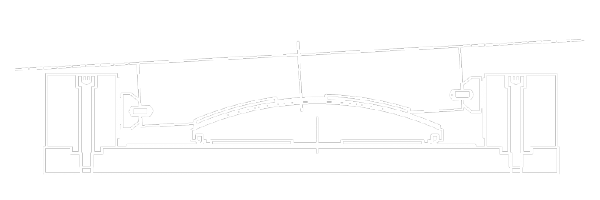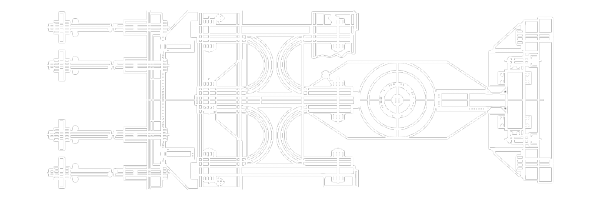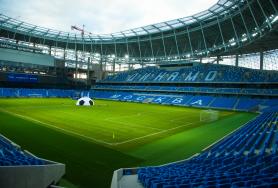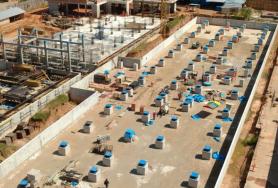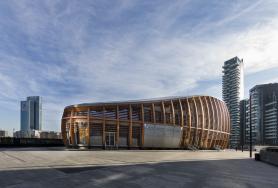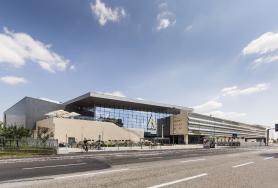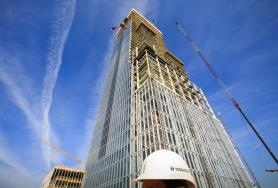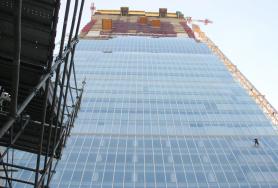BUILDINGS & HOSPITALS
Advantages
The TENSA technologies widely applied in buildings and hospitals are meant to:
- Transfer vertical and horizontal loads and allow structural movements and rotations - bearings and isolators
- Protect structure and its content from dynamically applied actions (i.e. wind, earthquake etc.) - isolators, dampers and shock transmitters
- Increase concrete performances thus allowing for larger spans to be reached - post tensioning
TENSA devices are designed to intervene at three building locations:
- FOUNDATION LEVEL
- ROOF LEVEL
- ELEVATION LEVEL (BETWEEN FOUNDATION AND ROOF)
At this location bearings, isolators, elasto-plastic devices and fluid dampers are normally installed.
Structures, indeed, undergo displacements, rotations and deformations caused by acting loads (of static, dynamic, thermic nature etc.) or by phenomena such as shrinkage and creep, linked to the maturation of materials. Free sliding bearings, which transfer vertical loads, allow rotation between two structural elements and displacements in all plan direction are normally used at isolation level in parallel with rubber and lead rubber Isolators to reduce the isolation system cost and to help the Structural Engineer in finding the coincidence between the center of mass and the center of weight thus avoiding undesired building torsional effects during quake. In case of tensile forces special up-lift bearings resisting tension are designed.

Base seismic isolation represents an important tool in the hands of the designers to protect the structural and non-structural components of a construction, not to mention protecting human lives. The isolators limit the acceleration transferred to the structure and reduce inertial stress by increasing the oscillation period. The result is firstly the protection of the structure and the people inside the hospital and secondly the medical equipment protection granting a safe and efficient continuity to the medical activity.
Dampers are designed to absorb part of the earthquake force. Dampers positioned at foundation/seismic interface level are normally working in parallel with isolators to increase the system global damping thus decreasing the relative forces and displacements.
Dampers may be:
- Hydraulic based devices depending on load application velocity, able to dissipate part of the dynamic energy entering into the structure by thermal dissipation
- Elasto plastic based devices depending on the displacement, able to dissipate part of the dynamic energy entering into the structure by yelding of its elasto-plastic components
The TENSA post tensioning systems are meant to give compression stresses to concrete with the use of post tensioning tendons made of steel strands or steel bars.
At this location, bearings for the roof supporting and STUs due to the dynamic load application are often installed.
Structures, indeed, undergo displacements, rotations and deformations caused by acting loads (of static, dynamic, thermic nature etc.) or by phenomena such as shrinkage and creep, linked to the maturation of materials.
Movements, rotations and deformations need to be allowed for and contemplated where strictly necessary and in accordance with the designer’s constraining system. The following types of bearings can be supplied:
- Fixed bearings, which allow rotation between two structural elements and transfer vertical and horizontal loads
- Guided sliding bearings, which transfer vertical loads, allow rotation between two structural elements, displacement in one single direction and transfer lateral load in the fixed one
- Free sliding bearings, which transfer vertical loads, allow rotation between two structural elements and displacements in all plan directions
In case of tensile forces, special up-lift bearings resisting tension are designed.

STUs are hydraulic devices able to create, only for impulsive external force, a temporary rigid connection between two parts of the structure. These devices are not designed to absorb energy: STUs are generally used to distribute the earthquake global force acting on the structure in locations foreseen by the Structural Engineer, changing the dynamic scheme from static to dynamic. In addition STUs avoid the structural joint hammering in case of counter phase motions.
At this location STUs, hydraulic devices and hysteretic devices are often installed.

STUs are hydraulic devices, able to create, only for impulsive external force, a temporary rigid connection between two parts of the structure. These devices are not designed to absorb energy: STUs are generally used to distribute the earthquake global force acting on the structure in locations foreseen by the Structural Engineer, changing the dynamic scheme from static to dynamic. In addition, STUs avoid the structural joint hammering in case of counter phase motions.
Dampers may be hydraulic based devices depending on load application velocity and are able to dissipate part of the dynamic energy entering into the structure by thermal dissipation. The typical installation at elevation is at wind bracing to supply damping capacity.
Dampers may be elasto plastic based devices depending on the displacement and are able to dissipate part of the dynamic energy entering into the structure by yelding of its elasto-plastic components. The typical installation at elevation is at wind bracing to supply damping capacity.
